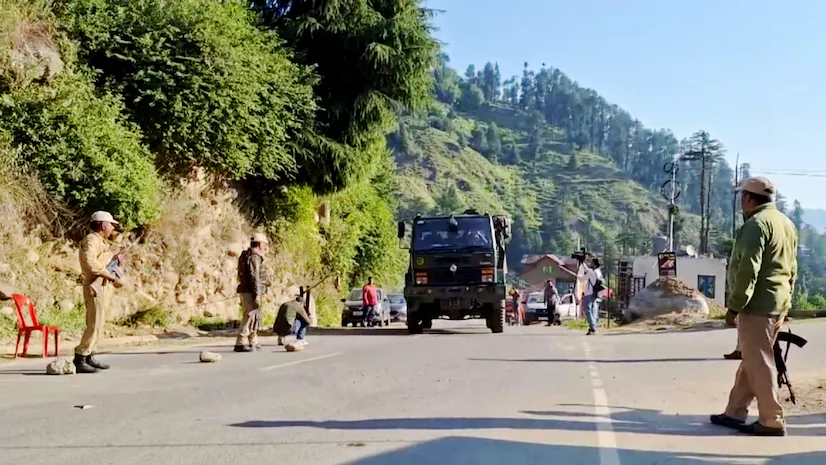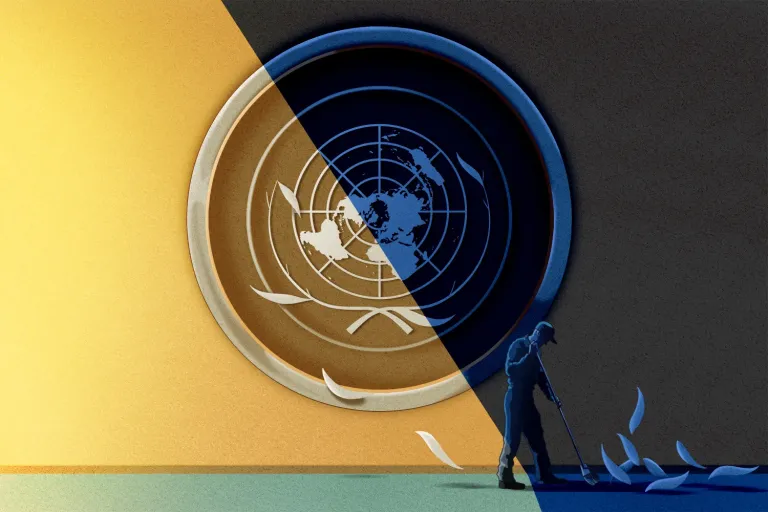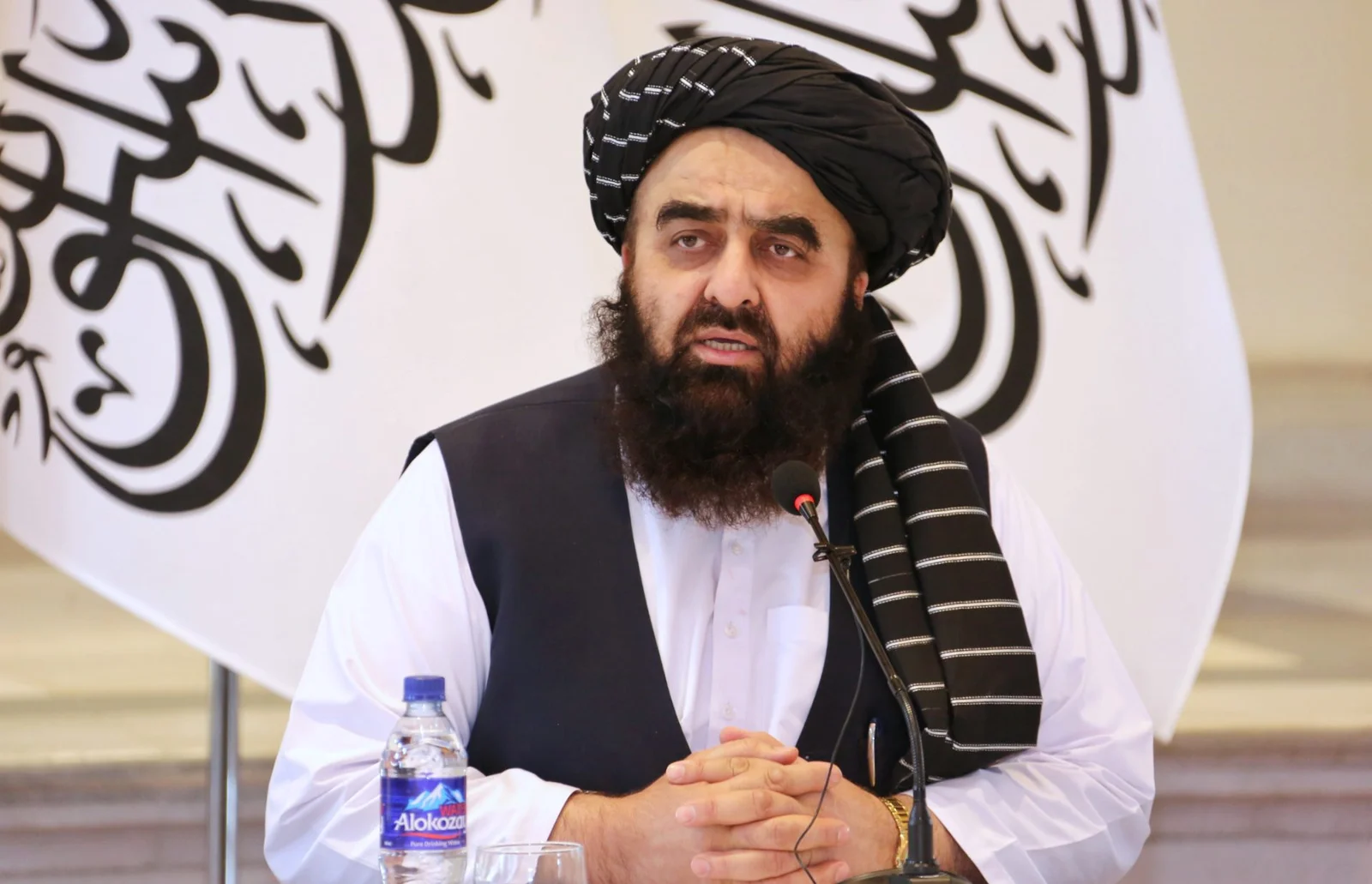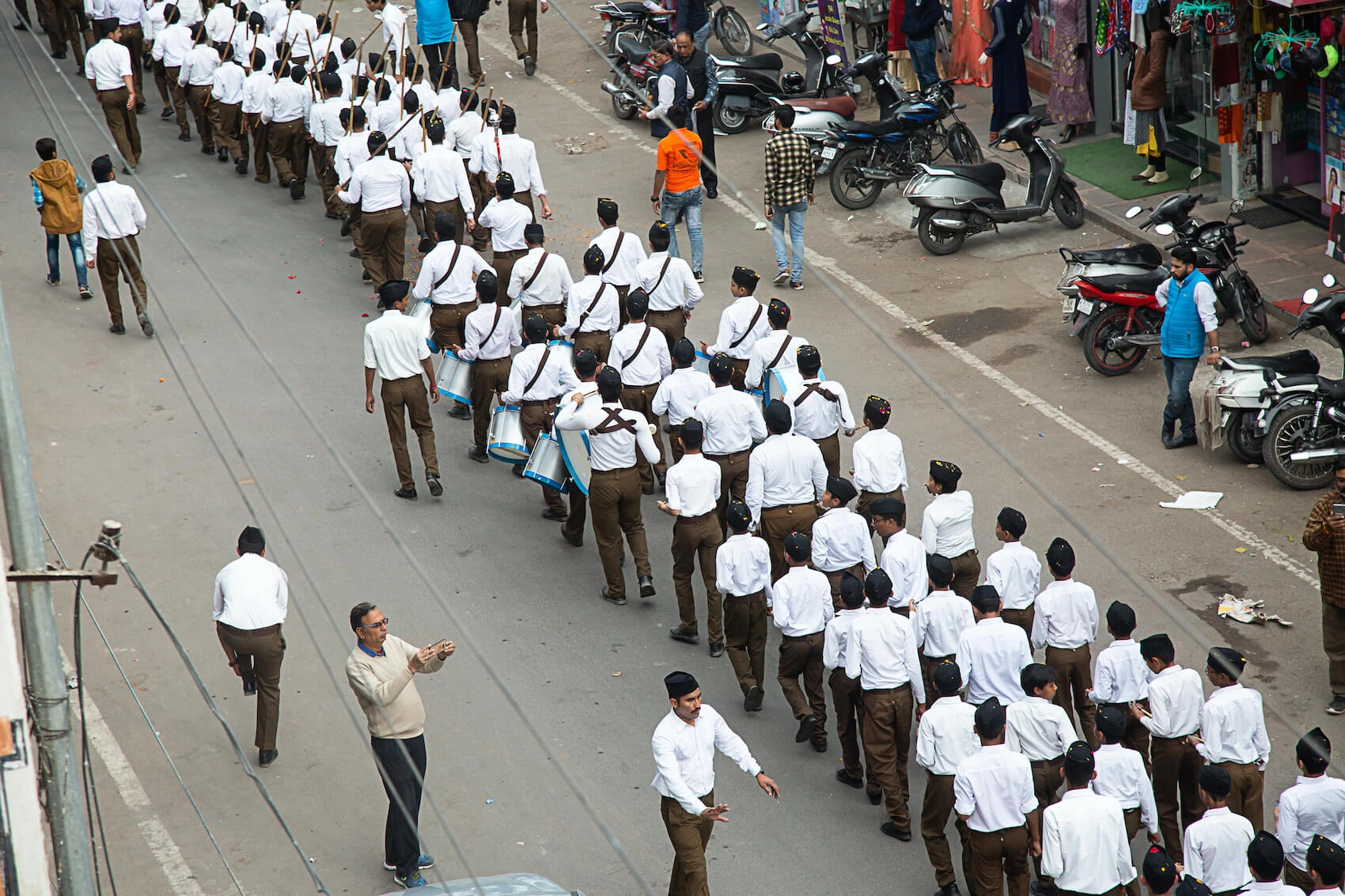The past few days have witnessed a significant surge in militant activity in Indian Occupied Kashmir (IIOJK), marked by several deadly encounters and an ambush that has sent shockwaves through the region.
July 6th: Twin Encounters Highlight Surge in Militant Activity
On July 6th, two separate encounters erupted in Kulgam district. This highlighted the continued presence and operational capability of militant groups in the region.
The first clash began in Modergam village. Indian security forces, including the Central Reserve Police Force, Army, and local police, launched a search operation. This operation was based on intelligence about militant presence. The initial exchange of gunfire fatally wounded a para-trooper. Another soldier later succumbed to his injuries.
The second encounter took place at the Chinnigam site, followed by search operations of the Indian military.
According to reports from Business Standard (Hindi), authorities recovered the bodies of two suspected militants from the Modergam encounter site. They also recovered four bodies from the Chinnigam site on July 7th.
July 7th: More Evidence of Militant Activity in Rajouri
Following the twin encounters in Kulgam, reports emerged of firing near an army camp in IIOJK’s Rajouri district.
According to reports, militants opened fire on the Manjakote army camp in a suspected overnight attack. The incident injured one soldier. Authorities launched massive search operations in the area to trace the suspected militants.
July 8th: Deadly Ambush in Kathua Underscores Escalation of Militant Activity
In a shocking escalation, a brazen ambush occurred on Monday in Kathua district. The ambush killed five Indian army personnel and injured five others. Suspected militants targeted an army vehicle on patrol, hurling grenades and opening fire, as reported by Kashmir Observer. This attack, the first of its kind in Kathua, marks a worrying trend. Militant activity is increasing in areas previously considered relatively safe.
Arab News reported that the attack took place on a routine patrol. It occurred on the Machedi-Kindli-Malhar road near Badnota village in Lohai Malhar, Billawar.
The Kathua ambush is the latest in a series of violent encounters. It highlights the ongoing struggle between Indian forces and militants fighting for Kashmir’s right to self-determination.
Contextualizing the Surge in Militant Activity
The recent surge in militant activity in Kashmir in early July 2024 coincides with the aftermath of India’s general elections in 2024, highlighting the complex interplay between political maneuvering and the volatile security situation. Prime Minister Narendra Modi’s visit to the region in March 2024, on the eve of the elections, underscores this connection. This visit marked Modi’s first visit to Kashmir since the revocation of Article 370 in 2019. During this visit, Modi only visited the Hindu-majority Jammu region and did not go to the Muslim-majority Kashmir Valley.
The revocation of Article 370, which stripped Jammu and Kashmir of its special status and autonomy, sparked widespread protests, and Indian security forces subsequently carried out a crackdown. Since then, there have been reports of increased human rights violations, restrictions on movement and communication, and a heavy military presence in the region. Many analysts argue that these repressive measures have fueled resentment and contributed to the resurgence of militant activity.
Also See: Human Rights Abuses in Kashmir: A Question of Accountability!
A Surge in Militant Activity in Indian Occupied Kashmir (IIOJK): Reactions and Responses
The recent attacks have drawn expressions of concern from Kashmiri political leaders, who have expressed worry over the deteriorating security situation and called for a political solution to the conflict.
Former Chief Ministers Omar Abdullah, Mehbooba Mufti, and Ghulam Nabi Azad expressed their grief and concern over the escalating violence, highlighting the deteriorating security situation in IIOJK.
India’s Defence Minister Rajnath Singh expressed his “deep anguish” over the Kathua attack, vowing that security operations would continue and that soldiers were determined to “usher in peace and order” in the region.
Looking Ahead: The Future of Militant Activity in IIOJK
The recent surge in militant activity underscores the complex and volatile situation in IIOJK. The interplay between India’s security policies, the aspirations of the Kashmiri people, and the actions of militant groups will continue to shape the future of the region. The fact that Kashmiris have never accepted the Indian Constitution remains at the core of their struggle. The recent surge in militant activity seems to be linked to the general elections, reflecting a broader trend of unrest and rejection of imposition from Delhi.
Is it a sign of Kashmir fighting back in one of the world’s most heavily militarized zones? The international community’s response and India’s approach to governance and security in the region will be crucial in determining whether this cycle of violence can be broken. As long as the underlying issues remain unresolved, the prospects for peace and stability in IIOJK and the region will remain uncertain.
This news story is covered by Najam ul Hassan, Junior Research Associate at South Asia Times (SAT).






